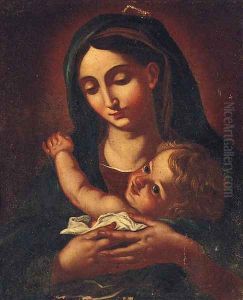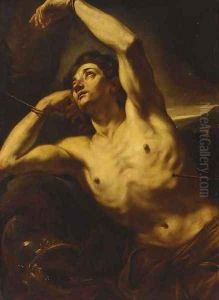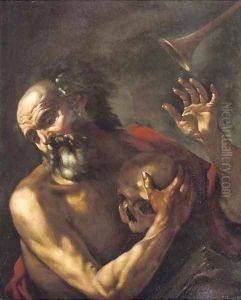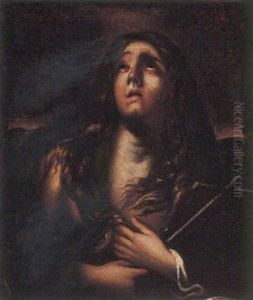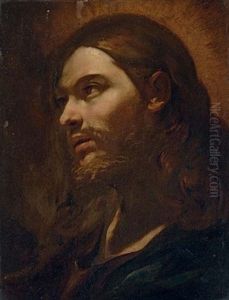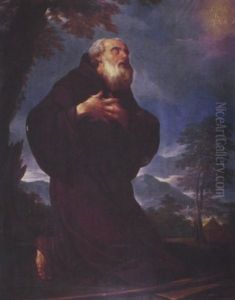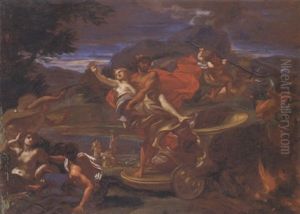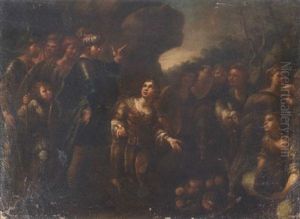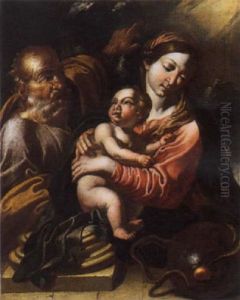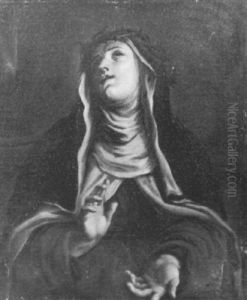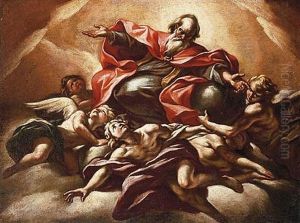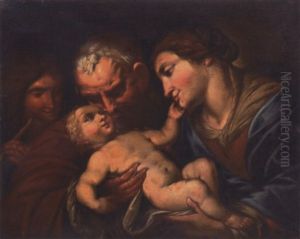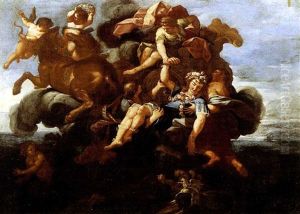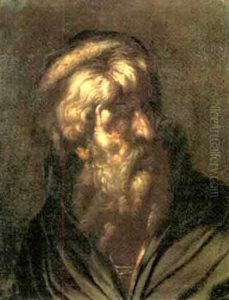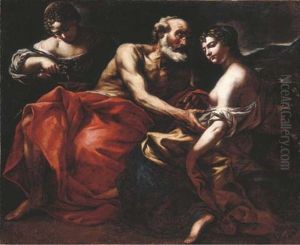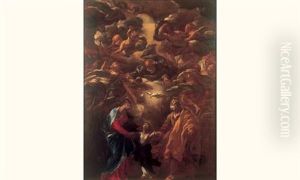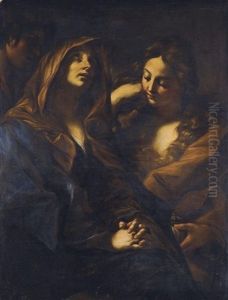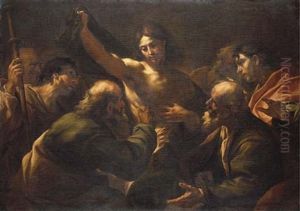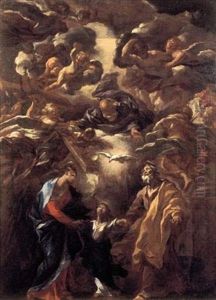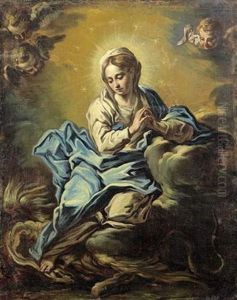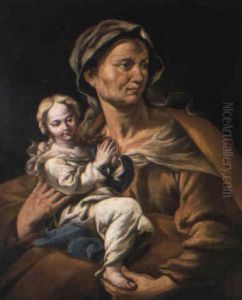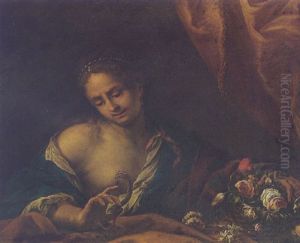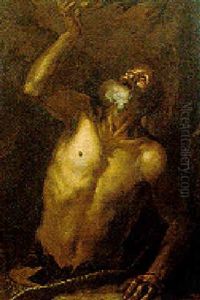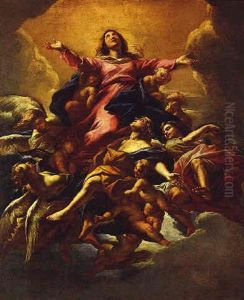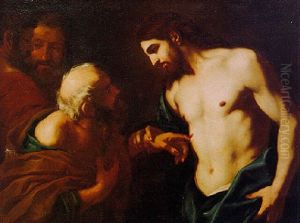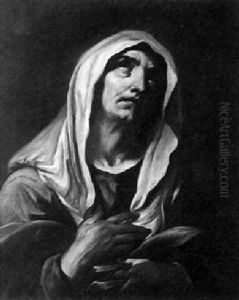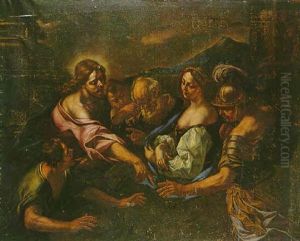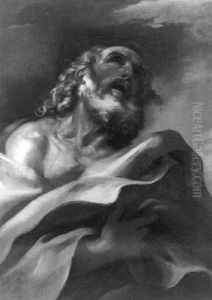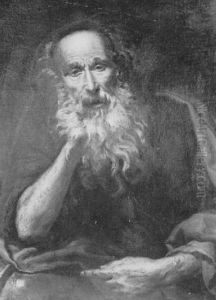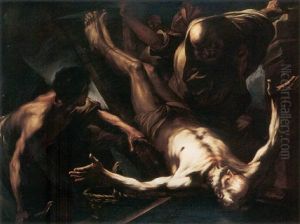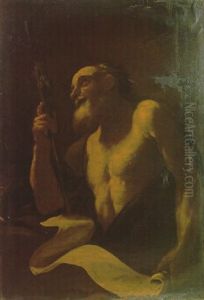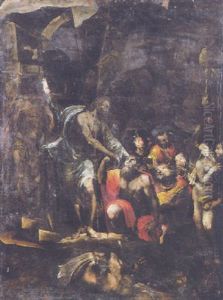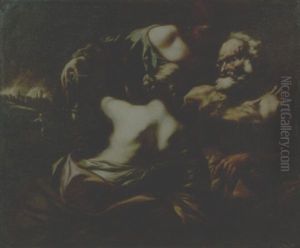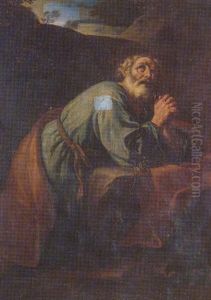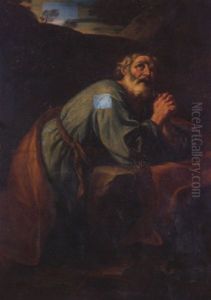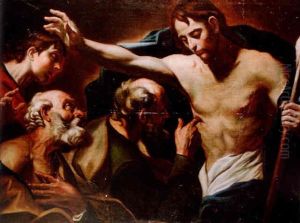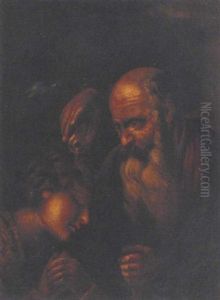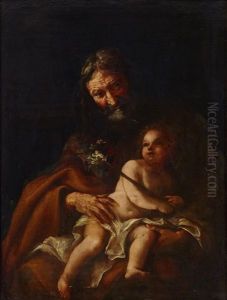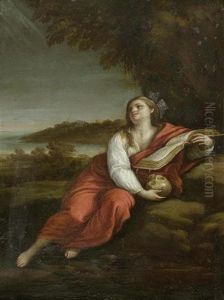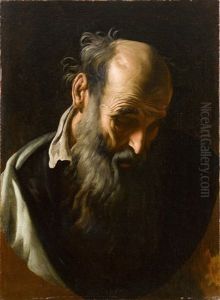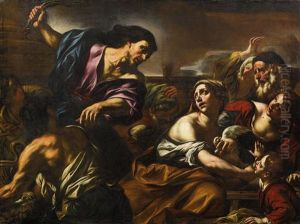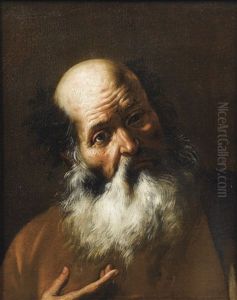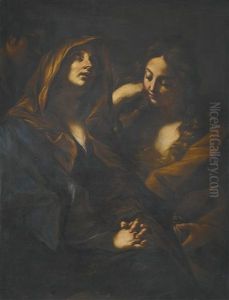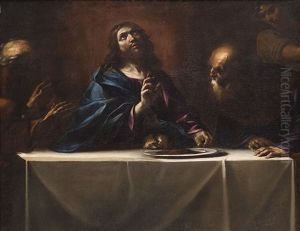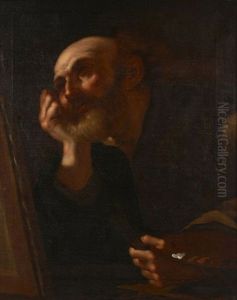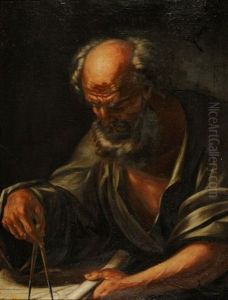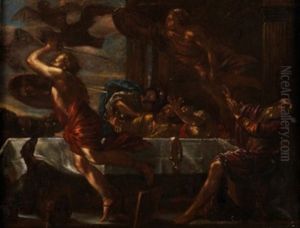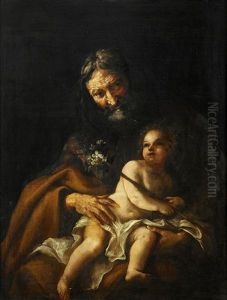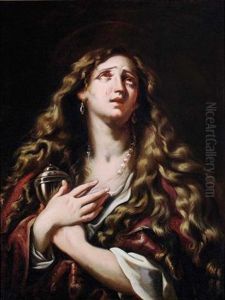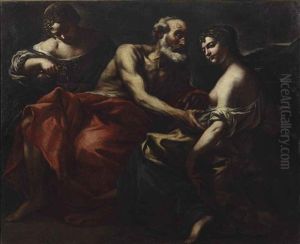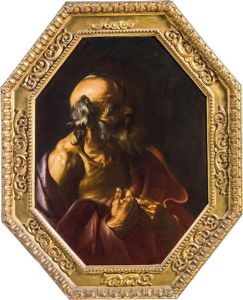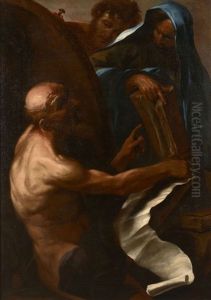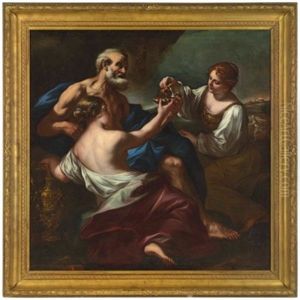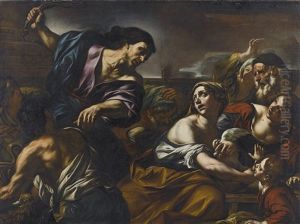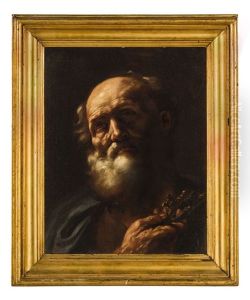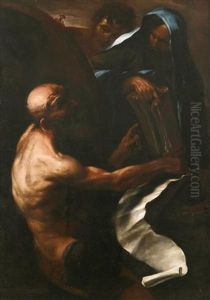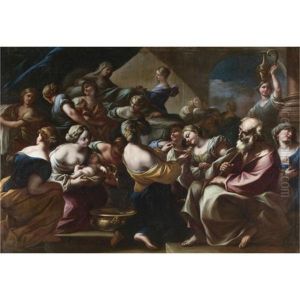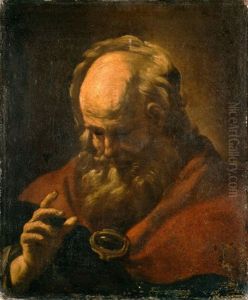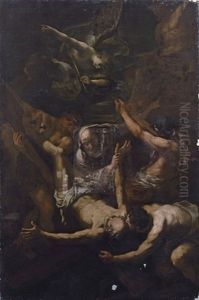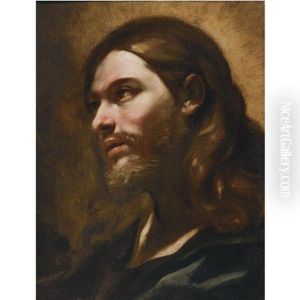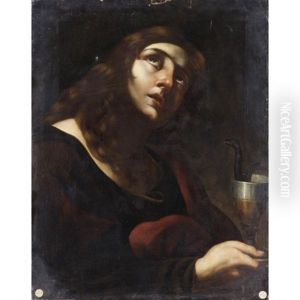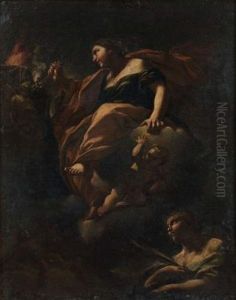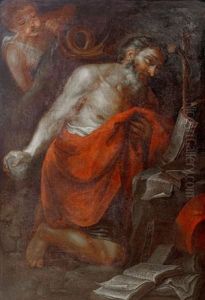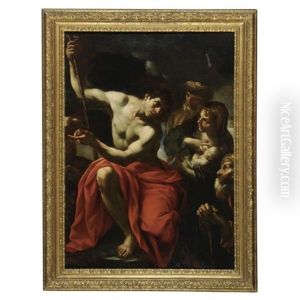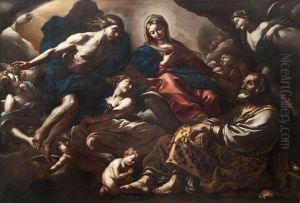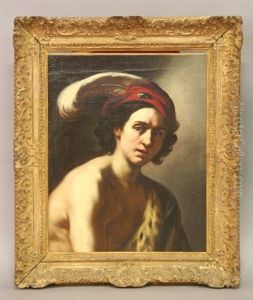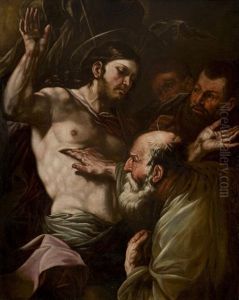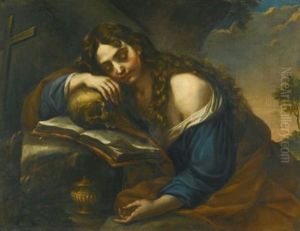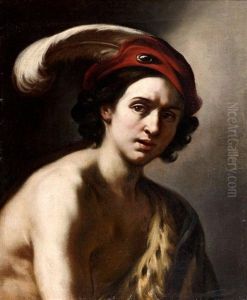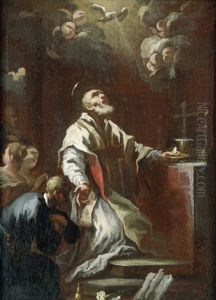Giovanni Battista Beinaschi Paintings
Giovanni Battista Beinaschi, also known as Giovan Battista Beinaschi or Biagio Falcieri, was an Italian painter and engraver who was active during the Baroque period. He was born in Fossano, Piedmont, Italy, in 1636 and is known for his fresco work and his dynamic, expressive style that incorporated dramatic lighting and vigorous movement, characteristics of the Baroque aesthetic.
Beinaschi initially trained in his native town, but he moved to Naples around 1651, where he studied under the painter and printmaker Luca Giordano. This formative period was crucial to the development of his style, as Giordano was a leading Neapolitan painter whose works were characterized by their vibrant colors and energetic compositions. Beinaschi's early works demonstrate a strong influence from his teacher, but over time he developed his own distinctive approach.
In Naples, Beinaschi became part of the vibrant artistic community, which at the time was one of the most important centers for art in Italy. His work there included both religious and mythological subjects, and he became particularly renowned for his frescoes. Some of his notable works include the frescoes in the Certosa di San Martino, a former monastery complex in Naples, and the decoration of the chapel of the Treasury in the Naples Cathedral.
Beinaschi's work was characterized by a sense of movement and a use of chiaroscuro, the technique of using strong contrasts between light and dark to give the illusion of depth and volume. This can be seen in his dramatic altar pieces and his ability to create the illusion of three-dimensional space on flat surfaces.
Despite his success, little is known about Beinaschi's personal life. He traveled extensively in Italy, and his work can also be found in Rome and other Italian cities. He eventually moved to Rome, where he continued to work until his death in 1688.
Beinaschi's legacy is that of an artist who contributed significantly to the Baroque movement in Italy. His works are appreciated for their dynamism, their emotional intensity, and their technical mastery. While not as widely recognized as some of his contemporaries, Beinaschi's paintings and frescoes remain important examples of Baroque art, demonstrating the period's characteristic drama and grandeur.
